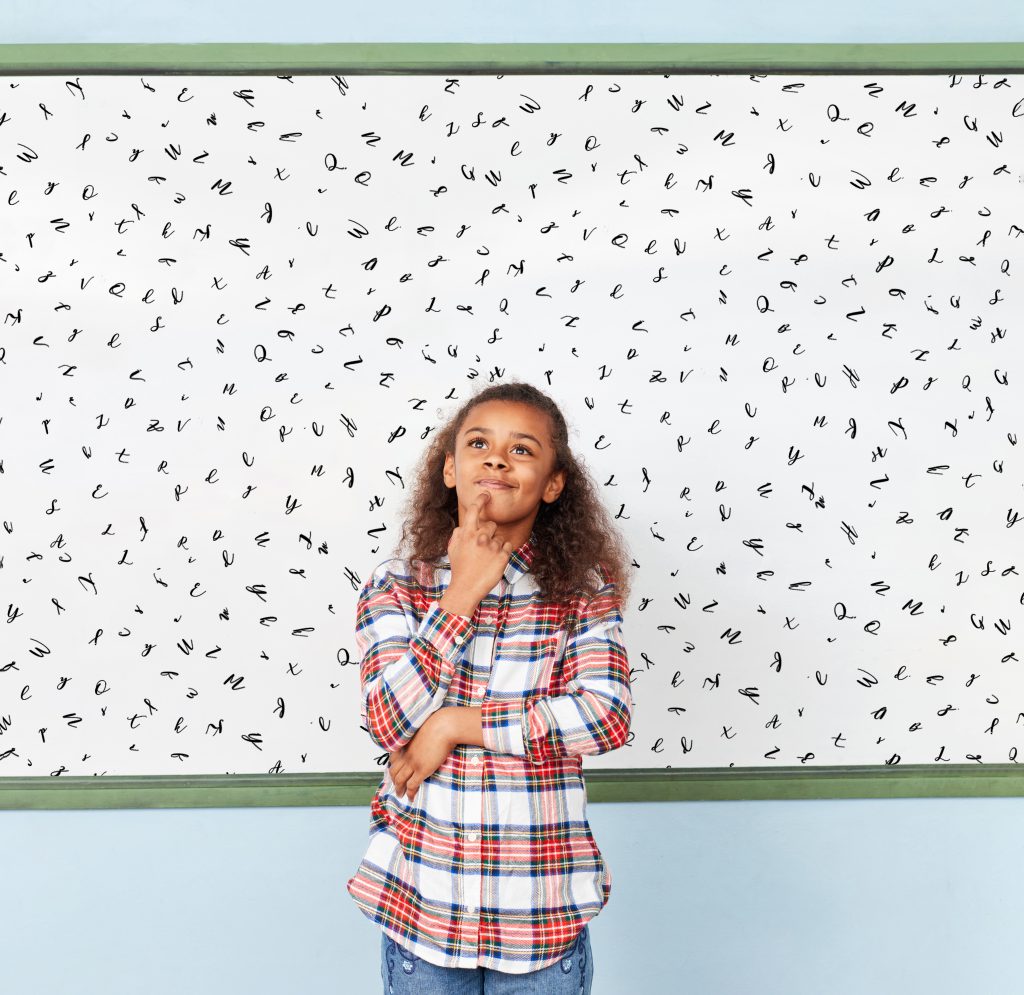Dyslexic Traits
- According to the British Dyslexia Association, 10% of the UK population are believed to be dyslexic.
- Many famously gifted and talented people are known to have, or have had, specific learning differences, including: Albert Einstein, Bill Gates, Greta Thunberg, Jamie Oliver, John Lennon, Keira Knightly, Leonardo Da Vinci, Pablo Picasso, Richard Branson and Walt Disney.
- Often, there is a family member with a specific learning difference. Dyslexia is known to run in families.
- Dyslexia affects people in different ways.
What should I look for?
Do you or your child have difficulties with any of the following:
- Learning letters and sounds
- Learning to read
- Reading at speed – especially out loud
- Confusing letters and numbers – b/d/p; m/n; 2/5; 6/9
- Confusing the sequences of numbers and letters: was and saw; reading 27 as 72
- Understanding what is read
- Learning to spell high frequency word: becos, sed, littal
- Unusual spelling: noyse; hapee; wundfal
- Verbally articulate but unable to express themselves in writing
- Grammar or malapropisms or mispronunciations or all
- Rambling style of speech or written work or both
- Weak punctuation or erratic use of capiTAl letters
- Slow or inaccurate copying from the board or screenLearning and repeating sequences – alphabet, days of week, times tables, months of the year
- Reluctance to read and write: prefers visual imagery and practical activities
- Watches others to see what they do, for example when following instructions for sporting activities
- Concentration and following instructions
- Easily distracted
- Processing information and understanding what has been said
- Remembering what has been learned
- Confidence and self-esteem
- Switching off when the teacher talks for a long time
- A strong preference for practical tasks
- Forgets to bring dinner money, pencils, PE kit, cooking ingredients
- Dislikes school or other disciplined, constrained environments
- Forgets instructions and appointments

